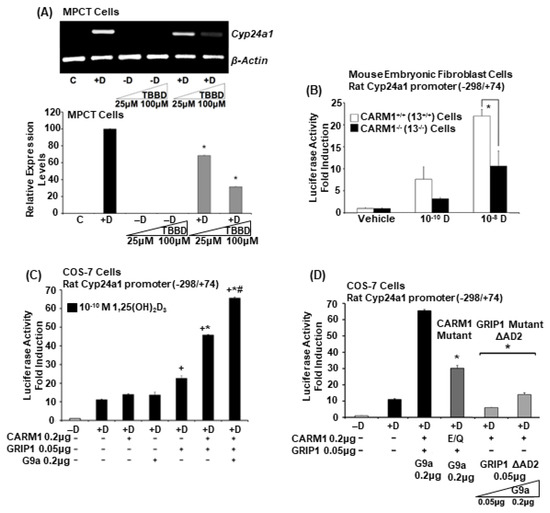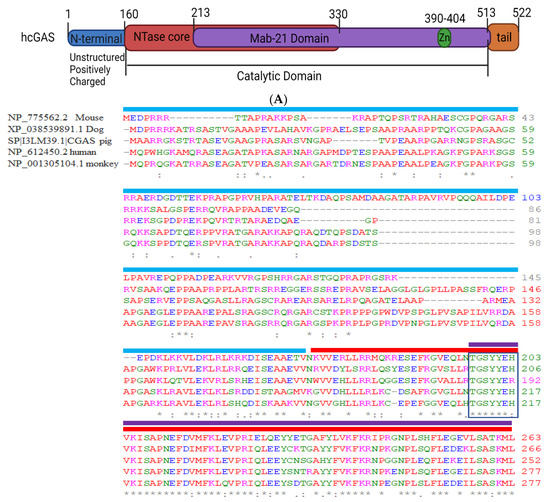Cell Biology in the United States: Latest Advances and Perspectives
A topical collection in Cells (ISSN 2073-4409).
Viewed by 5587Editor
Interests: TRPC channels; voltage-gated Ca2+ channels; Ca2+ influx; endothelial dysfunction; atherosclerosis
Special Issues, Collections and Topics in MDPI journals
Topical Collection Information
Dear Colleagues,
This Topic Collection aims to showcase the latest scientific advances in cell biology achieved in the United States. The scope of this Topic Collection is very broad, ranging from cell division regulation and subcellular organelle function to the mechanisms of membrane transport and cell motility. Original research articles, comprehensive reviews and perspectives will be considered. Manuscripts should describe the novel molecular and cellular mechanisms underlying the physiologically relevant phenomena or disease-related cellular processes in all disciplines, such as neuroscience, physiology, immunology, cancer cell biology, developmental biology and beyond. Manuscripts describing organoid research and cellular responses to viral infections, such as SARS-CoV-2 or HIV infection, will also be considered. Potential topics may include, but are not limited to, the following research areas:
- Cancer cell biology and cancer stem cells.
- CAR T-cell and other adoptive cell transfer therapies.
- Cell cycle.
- Cell migration.
- Cell-to-cell communication and cell adhesion.
- Cell growth, differentiation, aging and death.
- Cellular metabolism.
- Cellular mechanosensory elements.
- Cellular mechanisms underlying human diseases.
- Cellular photosensory elements and underlying mechanisms.
- Cellular quality control.
- Cytoskeletal dynamics.
- DNA replication and repair; non-coding RNAs.
- Hematopoiesis and stem cells.
- Ion channel function in health and disease (transient receptor potential channels, store-operated channels, ligand-gated ion channels, second-messenger-gated channels and voltage-gated ion channels).
- Ion channel biophysics.
- Membrane physiology and membrane transport.
- Cellular organelles (mitochondria, lysosomes, peroxisomes, etc.).
- Omics: transcriptomics, genomics, proteomics, metabolomics, glycomics, lipidomics, interactomics, fluxomics and biomics.
- Protein synthesis and trafficking.
- Signal transduction.
Dr. Alexander G. Obukhov
Collection Editor
Manuscript Submission Information
Manuscripts should be submitted online at www.mdpi.com by registering and logging in to this website. Once you are registered, click here to go to the submission form. Manuscripts can be submitted until the deadline. All submissions that pass pre-check are peer-reviewed. Accepted papers will be published continuously in the journal (as soon as accepted) and will be listed together on the collection website. Research articles, review articles as well as short communications are invited. For planned papers, a title and short abstract (about 100 words) can be sent to the Editorial Office for announcement on this website.
Submitted manuscripts should not have been published previously, nor be under consideration for publication elsewhere (except conference proceedings papers). All manuscripts are thoroughly refereed through a single-blind peer-review process. A guide for authors and other relevant information for submission of manuscripts is available on the Instructions for Authors page. Cells is an international peer-reviewed open access semimonthly journal published by MDPI.
Please visit the Instructions for Authors page before submitting a manuscript. The Article Processing Charge (APC) for publication in this open access journal is 2700 CHF (Swiss Francs). Submitted papers should be well formatted and use good English. Authors may use MDPI's English editing service prior to publication or during author revisions.
Related Special Issue
2023
Jump to: 2022
2022
Jump to: 2023
Planned Papers
The below list represents only planned manuscripts. Some of these manuscripts have not been received by the Editorial Office yet. Papers submitted to MDPI journals are subject to peer-review.
Title: Cellular Fate Modalities of NORC, the Na/K ATPase Pump Ouabain Receptor Complex
Authors: Joshua L Stricker; Norma C. Adragna; Peter K Lauf
Affiliation: Wright State University School of Medicine, Department of Pharmacology and Toxicology
Abstract: The primary function of Na+/K+ATPase pump (NKAP) (Skou, 1958), through electrogenic exchange of 3 Na for 2 K ions (Post, 1958), is the homeostatic preservation of their electrochemical gradient across the plasma membrane (PM) in almost all species and derived cell lines. Cardiotonic steroids (CTS), such as cardenolides or bufadienolides, inhibit NKAP. The Strophantus gratus-derived CTS ouabain is experimentally widely used. Recently, ouabain binding to NKAP, resulting in the here so coined NKA-Ouabain Receptor Complex (NORC), has been suggested to signal through several signaling protein kinases with sequential phosphorylation/transphosphorylation reactions leading to transcriptional upregulation of proteins of cell proliferation, survival, and death. This process starts with NORC internalization through the plasmalemmal membrane and its cytosolic appearance, the detailed mechanism and ensuing consequences thereof yet to be identified. It was hypothesized that during its membrane to cytosol descent, NORC utilizes a variety of cytosolic and cytoskeletal proteins through protein/protein interactions as an escalator to reach endosomes and lysosomes for subsequent breakup into its NKAP receptor and ligand ouabain. Here, immortalized human lens epithelial (B3) cells were used as an experimental model, where the presence of only NKAP α1 isoform was established by RTPCR, and the membrane transport properties have been well defined (Lauf 2006). Proteins potentially interacting with NKA, such as the oncogenic protein BclXL (Lauf 2015) (B-cell lymphoma derived), α-tubulin, caveolin-1, EEA1 (endosome-associated antigen), and LAMP1 (lysosomal-associated membrane protein) in presence and absence of ouabain, were analyzed by SDS-electrophoresis and Western Blot. Colocalization and cytosolic internalization of NORC by Bodipy-fluorescent ouabain (BFO) and anti-α1 specific Cy3-red labeled antibodies (AB) was immunocytochemically studied. Incubation with unlabeled ouabain at > nanomolar concentrations showed increases in B3 cell size and redistribution of Cy3-labeled anti-α1 AB, commensurate with cell swelling presumably due to Na+ and water entry. Anti-α1 AB Cy3-red labeled NORC colocalization with Alexa-Fluor green marked AB against BclXL, and α-tubulin increased at higher ouabain concentrations, while decreases with acetylation resulting from exposure to the histone deacetylase inhibitor Tricostatin (TSA). As expected, NORC also colocalized with caveolin-1 and with EEA1 and LAMP1. Thus, NORC-protein colocalization provides the basis for a preliminary model delineating its cytosolic fate alternate to novel transcriptional gene upregulation pathways different from early protein/protein interaction-based kinase upregulation, and may contribute to our understanding of clinically observed attenuating effects of CTS in cancer and chronic kidney disease (CKD).








